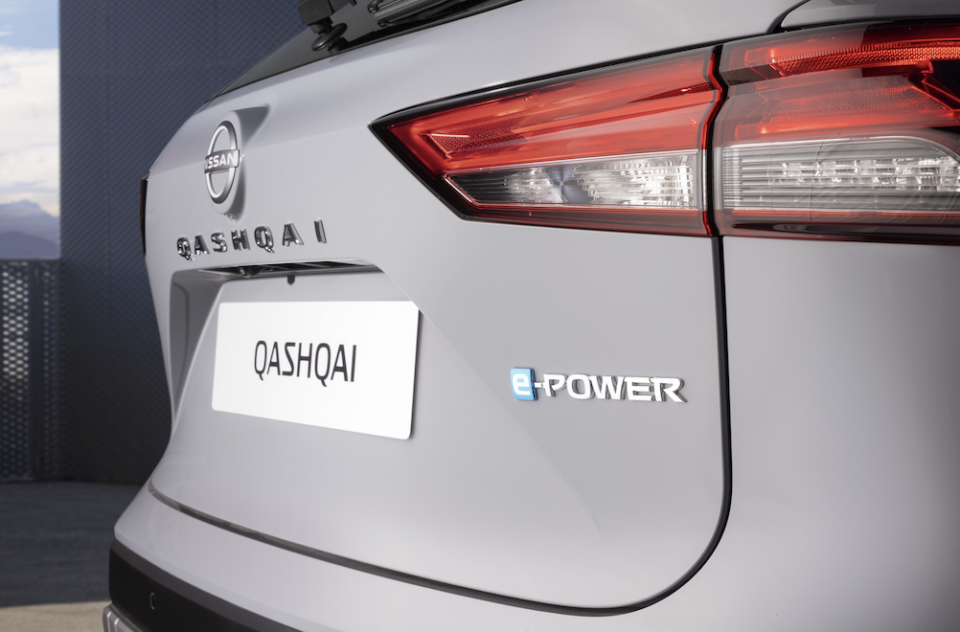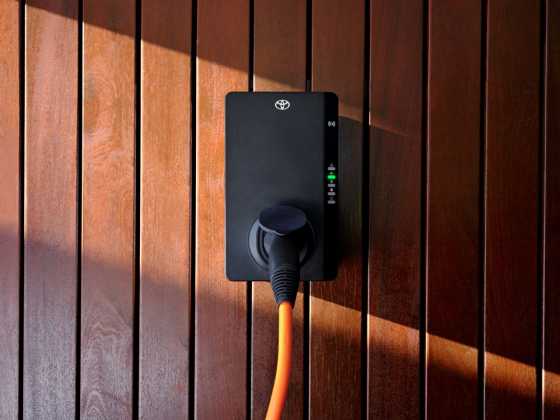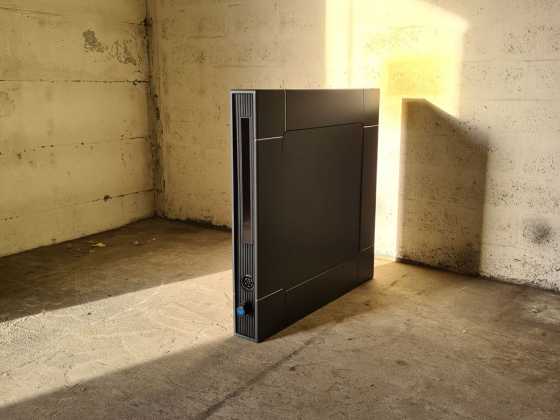Nissan to introduce e-POWER technology to Qashqai range

Nissan is to introduce its new e-POWER powertrain - which uses petrol engine to generate electricity to power the vehicle's wheels, to its Qashqai range in the late summer.
The e-POWER system is comprised of a high-output battery that is complemented by a variable compression ratio 1.5-litre three-cylinder turbo-charged petrol engine generating 156hp, a power generator, inverter and 140kW electric motor of similar size and power output as found in Nissan’s electric vehicles. The petrol engine generates electricity, which can be transmitted via the inverter to the battery pack, the electric motor or both, according to the driving scenario. This means the electric motor is the sole source of power for the wheels.
The e-POWER system was first introduced in Japan in 2017 on the Note compact family car and it went on to become Japan’s number one best-selling car in 2018.
To meet the demands of European consumers and their typically urban or suburban daily drive, the e-POWER installation has been significantly upgraded for the new Qashqai. Where the application in the Note is a three cylinder 1.2 petrol engine (80hp), charging the battery unit, and a final power output of 95kW (127hp). For Europe it has been upgraded to a three-cylinder 1.5-litre turbocharged variable compression petrol engine (156hp), which translates to a total final power output of 140kW (188hp).
The advantage of the e-POWER system is that the engine runs within its optimal range and best compression ratio, leading to superior fuel efficiency and lower CO2 emissions compared with a traditional internal combustion motor, as well as a refined drive thanks to reduced engine noise. And the additional advantage is the minimal impact e-POWER will have on urban air quality.
Thanks to the pure electric motor drive, there’s no delay in the delivery of torque as can be the case in a traditional hybrid.
To maximise performance, in high acceleration or high speed situations, the energy management control unit within the e-POWER system can send the power generated by the 1.5-litre engine directly to the electric motor, via the inverter, to bolster the electricity supply which is coming from the battery.
Under deceleration and braking, the kinetic energy is recaptured and channelled back to the battery to optimise efficiency.



